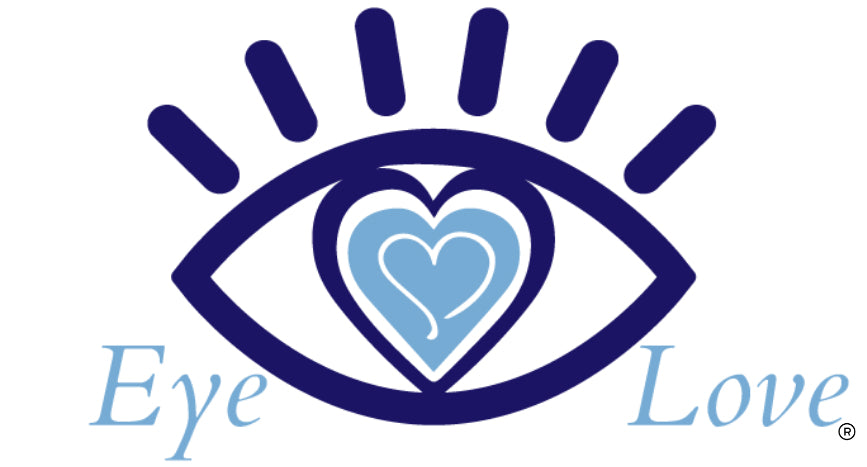Works great but have to follow with eye massage and then wiping and drops. A process but it does help. Doing this daily or twice a day.
Great for face and eyes especially or dry eyes 👀
I depend on Lid and Lash cleanser to keep my eye lids clean and free from infection. I use it every night and my lids and lashes are doing well!
My opthalmologist recommended these wipes for my dry eye condition. I have been using the warm compress followed by the Medeviz Eyelid Wipes nightly and have seen great improvement to my condition.
I've used the product for years and it works great. Eye Love's site is easy to navigate and the service is great.
My tired eyes feel so refreshed and moist after the towelette wipe on a clean face. Not having to rinse eyes is a plus. Perfect compliment to Heyedrate cleanser
Since being diagnosed with dry eyes many years ago I began using products Dr. recommended. Years ago I looked online for products with same ingredients and found Heyedrate. This is all I use now for lid and lash cleaning. For maximum comfort I use in am and before bed at night.
I really like using these wipes in the morning, and throughout the day when ever I need a re fresher. Haven't had a stye since I started using these wipes, a few months ago! Absolutely love this product ❤
Sent a query to happy@eyelovethesun and have not received a response regarding Order #68869.
I love the refreshing cool feeling this cleanser gives my eyes...
I love this product. It has really helped my blepharitis, stopped it entirely actually. It does not irritates my very sensitive eyes in the least. I have been using it for several years now and will continue to do so!:)
A Fantastic product!! A must to have at all times!
I use faithfully morning and night. I have dry eye and blepharitis.
Excellent for keeping my eyelids clean and sanitized.
My eye doctor introduced me to this product and I love it . Keeps my eyes free of crusties and they feel great
Yes, it’s better than the one I had. I wish it was little colder. Yes, next I will try the cold plunge. If I’m brave.
Very high quality. I use this product daily. It’s gentle, non-irritating and effectively removes any particles from my eyes from blepheritis. I highly recommend it.
I really love it
They work very well -- not too much tea tree oil -- refreshing - and I like that I can take the packets with me in my purse.
Very nice wash for face and eyes. Using for a few years. Great Product.
I have dry-eye and I was frustrated with the wasteful little plastic packs of drops. I found Heyedrate and it worked to calm my eyes. I showed it to my eye doctor and she said it would be good to use. Now I keep a bottle by my bed and use it first thing in the morning. It lasts most of the day. I wish it was not so expensive, but I wouldn't give up using it.
Those are products I use every day and see wonderful results with my eyes. Thank you,
Our mail order subscription has been flawless. We appreciate the reliable service and a very effective product.







